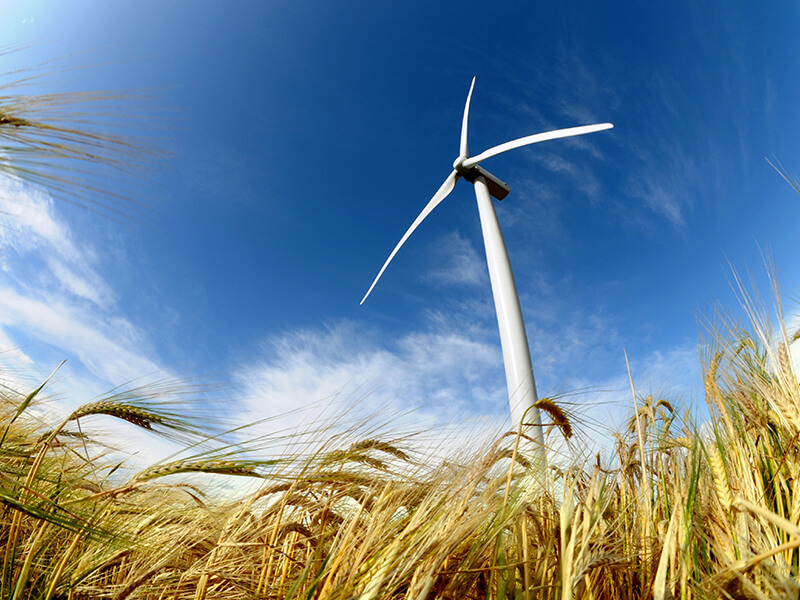Jan 2022 • 5 min read
Farming in Protected Landscapes
DEFRA’s Farming in Protected Landscapes programme is available in Areas of Outstanding Natural Beauty (AONBs), National Parks and the Norfolk Broads. The scheme which opened in July 2021 will be running until March 2024. A recent announcement was made following recent feedback, that the programme will have a rolling application window. Allowing applications to be submitted up until the programme closes in 2024.
The programme is available to all farmers and land managers in these areas from the public, private and charity sectors, the programme is able to fund projects that:
• Support nature recovery
• Mitigate the impacts of climate change
• Provide opportunities for people to discover, enjoy and understand the landscape and its cultural heritage
• Support nature-friendly, sustainable farm businesses
The programme is to work alongside Defra’s existing and new schemes to add value where it is most needed. People with existing agri-environment agreements can apply but the same work cannot be funded twice.

Applications
Farmers and land managers from outside those areas can apply where the project proposed would benefit the protected landscape, or the protected landscape body’s objectives or partnership initiatives. The relevant NPA or AONB body can give advice on this.
In order to apply, applicants need to:
• manage all the land included in the application
• have control of all the activities proposed
• or have written consent from all parties who have management and control of the land
Common land is eligible and applications can come from a landowner with sole rights or a group of commoners acting together.
What Projects are Covered?
The programme will pay for projects that:
• support the priorities of the relevant protected landscape body’s management plan.
• provide value for money
• meet at least one of the outcomes in these four themes.
Climate
The objectives require outcomes so that:
• more carbon is stored, sequestered or both
• flood risk has been reduced
• better understanding among farmers, land managers and the public as to what different habitats and land uses can deliver for carbon storage and reduced carbon emissions
• the landscape is more resilient to climate change
Nature
The objectives require outcomes so that:
• there is a greater area of wildlife-rich habitat
• there is greater connectivity between habitats
• existing habitat is better managed for biodiversity • there is an increase in biodiversity
People
The objectives require outcomes so that:
• more opportunities for people to explore, enjoy and understand the landscape
• more opportunities for more diverse audiences to explore, enjoy and understand the landscape • greater public engagement in land management, for example through volunteering
Place
The objectives require outcomes so that:
• the quality and character of the landscape is reinforced or enhanced
• historic structures and features are conserved, enhanced or interpreted more effectively
• there is an increase in the resilience of nature-friendly sustainable farm businesses, which contributes to a more thriving local economy
Examples of activities that could be supported include:
• promoting connectivity between habitats
• replacing stiles with gates on public footpaths, for easier access
• conserving historic features on a farm, such as lime kilns or lead mining heritage
• supporting a locally branded food initiative that promotes the links between the product and the landscape in which it is produced
• action to reduce carbon emissions on a farm
• gathering data and evidence to help inform conservation and farming practice
How to Apply
This handled through the relevant protected landscape body which will have application forms.
Applications should be submitted as soon as they are ready. Multi-year awards are possible for longer projects although all projects must end by March 2024.
Payments
The payment rate will depend on whether the project offers the applicant a commercial gain:
– if there is no commercial gain, then up to 100% of the costs of a project may be met
– if there is a commercial benefit, the programme would fund a proportion of the costs according to how much benefit the project might bring.
Funding would be based on estimated costs.
Maintenance
Activities delivered under the agreement would not need to be continued after the end of the agreement. Capital infrastructure such as fences, gates or restored buildings are to be maintained for 5 years from the completion date. Where machinery such as brush harvesters for grassland restoration is acquired then it must be kept for 5 years from the purchase date.
